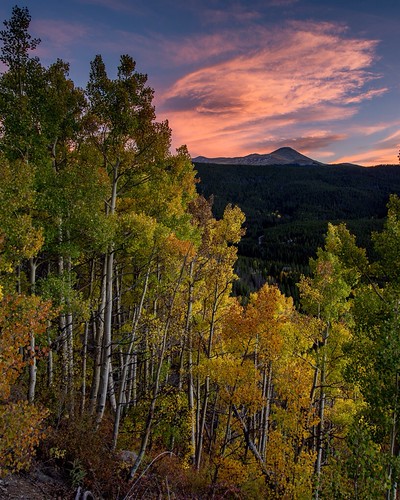 The small town of Sedalia just south of Denver had a little more than it could handle Thursday, February 6th, when a BNSF freight train derailed 17 cars at the town's main intersection, tying up US 85 and Colorado Highway 67 for days afterward. As the Amarillo-to-Denver mixed freight of mostly empties pulled through the highway grade crossing, surveillance video from a gas station shows the train cars lurching high off the tracks. Next, a contractor's truck backs out of the way when an axle from one of the cars began rolling downhill toward the camera. The axle continued rolling into the gas station's covered front porch, knocking out two columns before being stopped by a third.
The small town of Sedalia just south of Denver had a little more than it could handle Thursday, February 6th, when a BNSF freight train derailed 17 cars at the town's main intersection, tying up US 85 and Colorado Highway 67 for days afterward. As the Amarillo-to-Denver mixed freight of mostly empties pulled through the highway grade crossing, surveillance video from a gas station shows the train cars lurching high off the tracks. Next, a contractor's truck backs out of the way when an axle from one of the cars began rolling downhill toward the camera. The axle continued rolling into the gas station's covered front porch, knocking out two columns before being stopped by a third.Unlike road-bound vehicles, railcars typically rest on their axles, rather than bolt directly to them. This makes for quick access of a part that often requires replacement or repair. A minor derailment causing an axle to roll free is considerably rare. Locals took advantage of the photo op beside the large freight wheels that weigh 1 to 1.5 tons. It was a happy ending, despite the inconvenience, because no one was reported injured.
 |
| An axle from the train rests against the gas station where it came to a stop in Sedalia Feb 6th. Photo: The Denver Channel/Pat Norwood |
History of the Joint Line
The Joint Line was built when the Denver & Rio Grande Railroad built south from Denver toward Pueblo in 1871 and the Atchison, Topeka & Santa Fe Railway built north from NA Junction near Pueblo to Denver in 1876. After the Rio Grande converted the line to mixed gauge service, the lines could have been used in parallel, but until World War I, there was no joint operation agreement. As part of the United States Railroad Administration's management, the two lines were converted to directional running, right hand rule, with crossovers switched to allow northbound trains to use the eastern track and southbound trains to use the western track, no matter the railroad, Rio Grande or Santa Fe, owning the train. After the USRA returned the railroads to their owners, the Rio Grande and Santa Fe saw the cooperation as mutually beneficial and left the agreement in place.Colorado & Southern and the Burlington (CB&Q) were allowed trackage rights over the Joint Line when the the rails of the Ft. Worth and Denver City, a third railroad roughly following the same alignment as Colorado 83, were taken up around the same time. South of Pueblo, C&S and the Rio Grande had a similar arrangement as the Santa Fe. As a result, C&S and later the Burlington and the Burlington Northern had a continuous presence along the Joint Line, with the 70s and 80s showing Rio Grande gold and black locomotives and Santa Fe bluebonnets and later warbonnets along with Chinese red Burlingtons and later BN green and blacks for a truly colorful microcosm of western railroads, save the UP until the late 90s.














